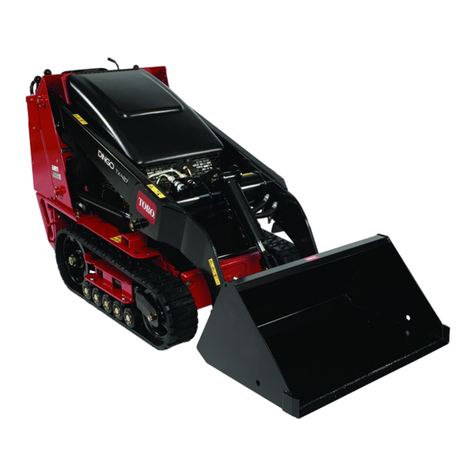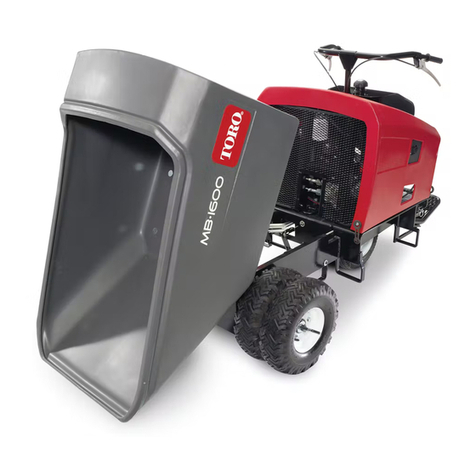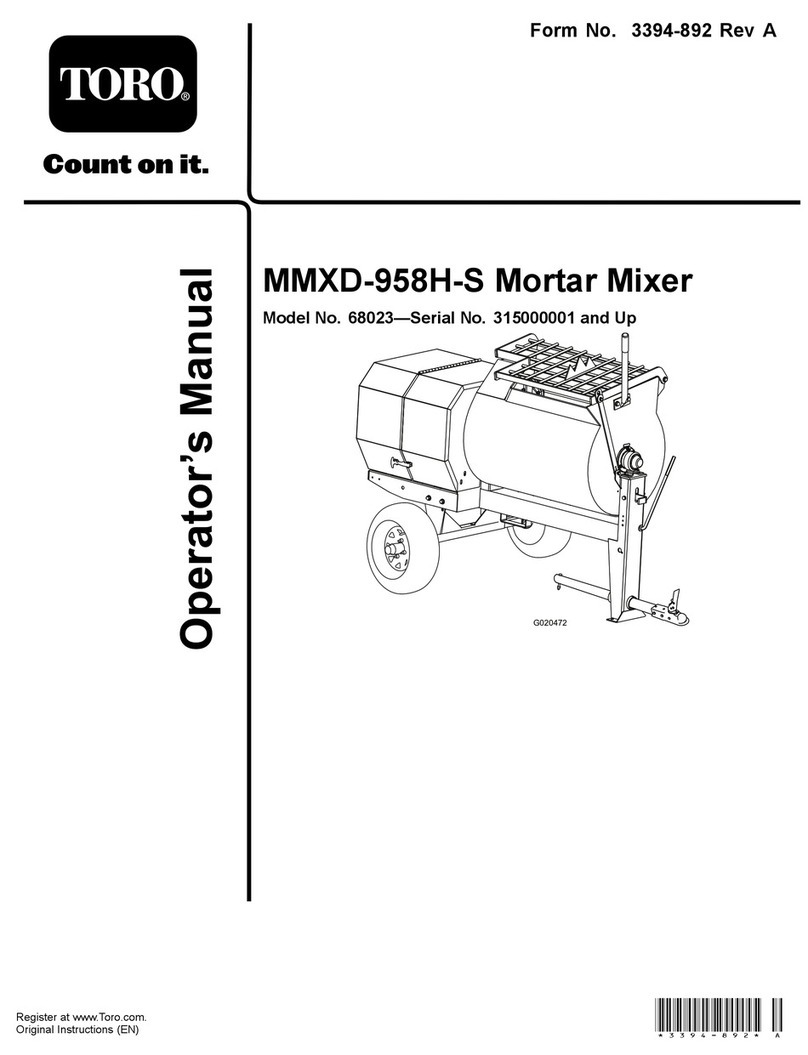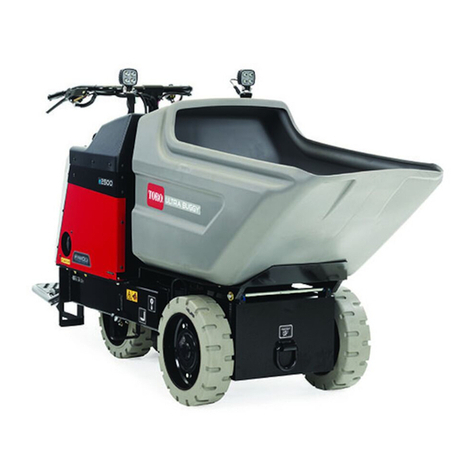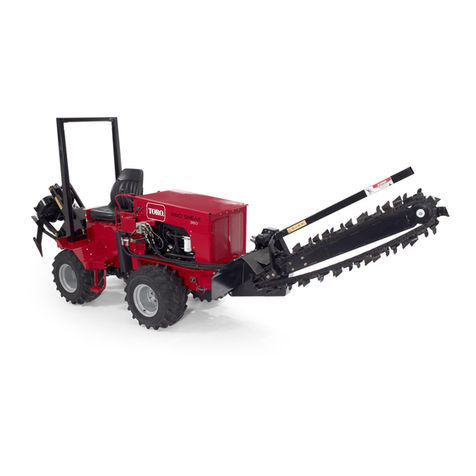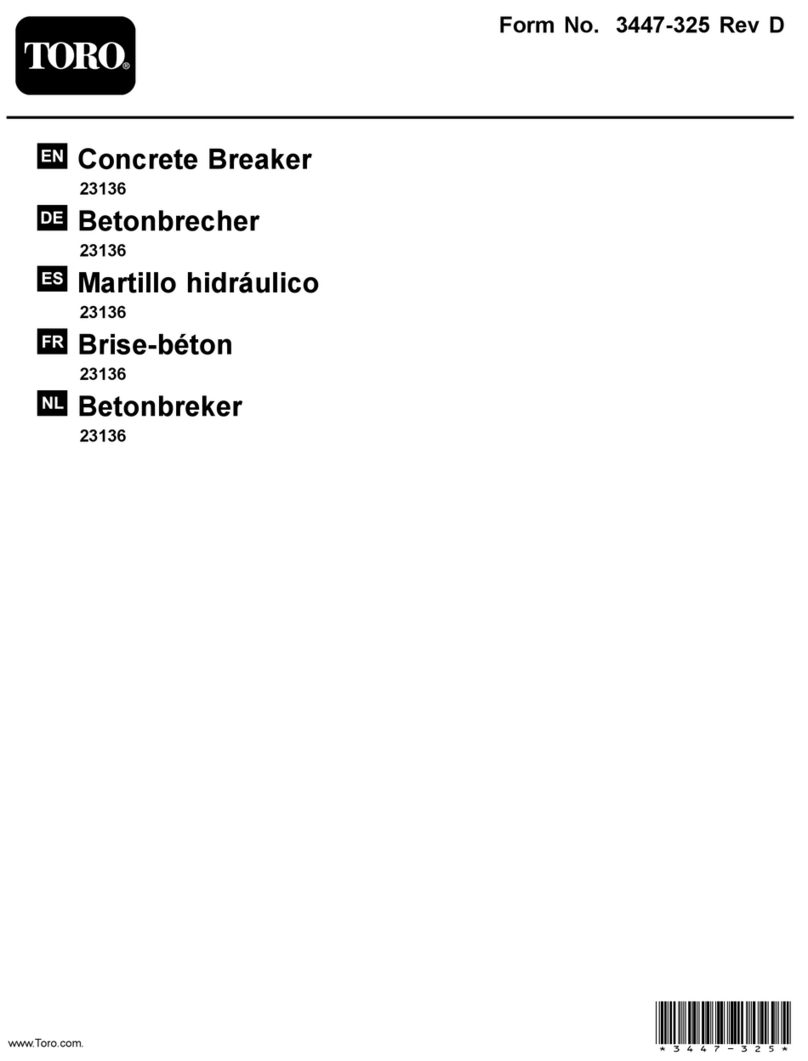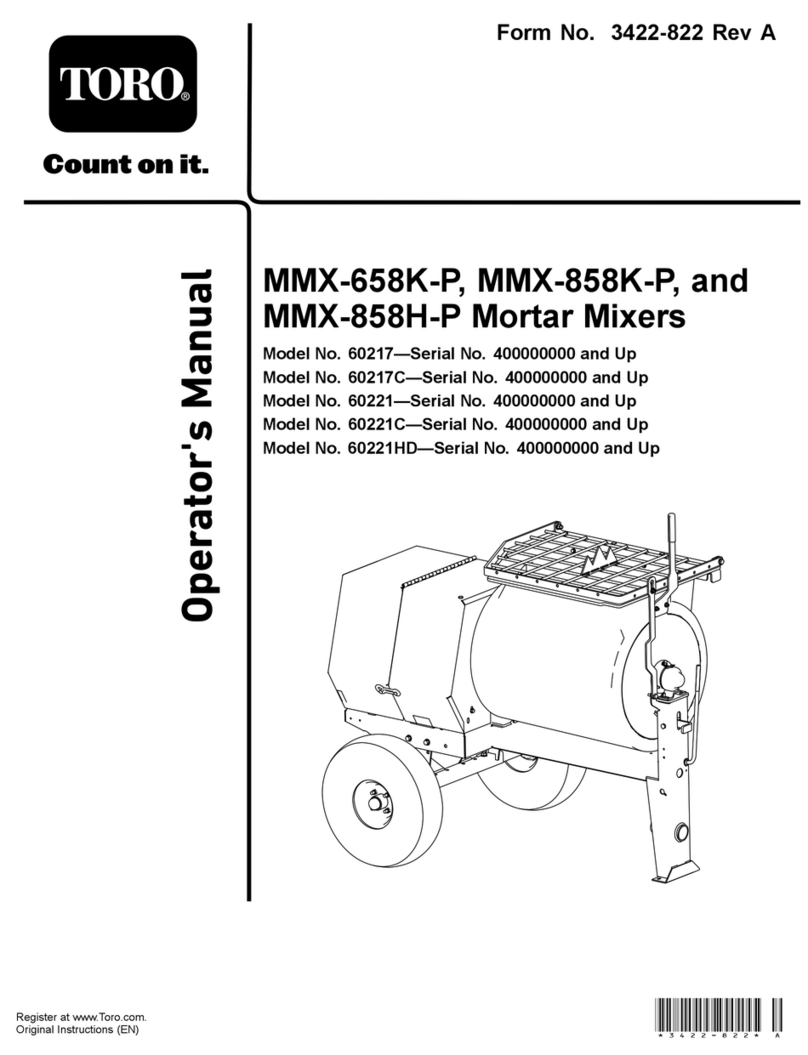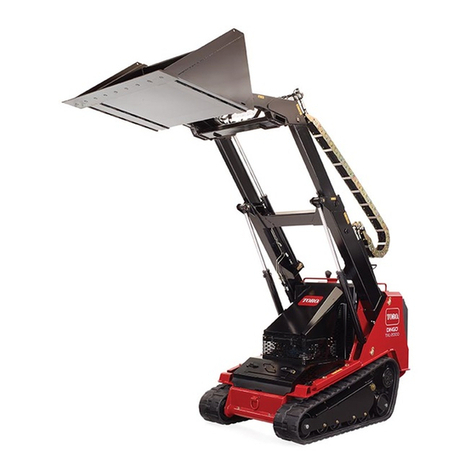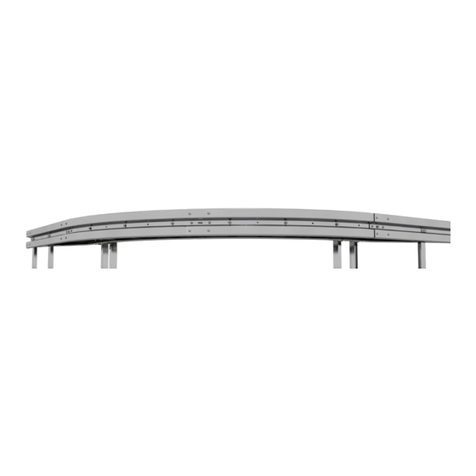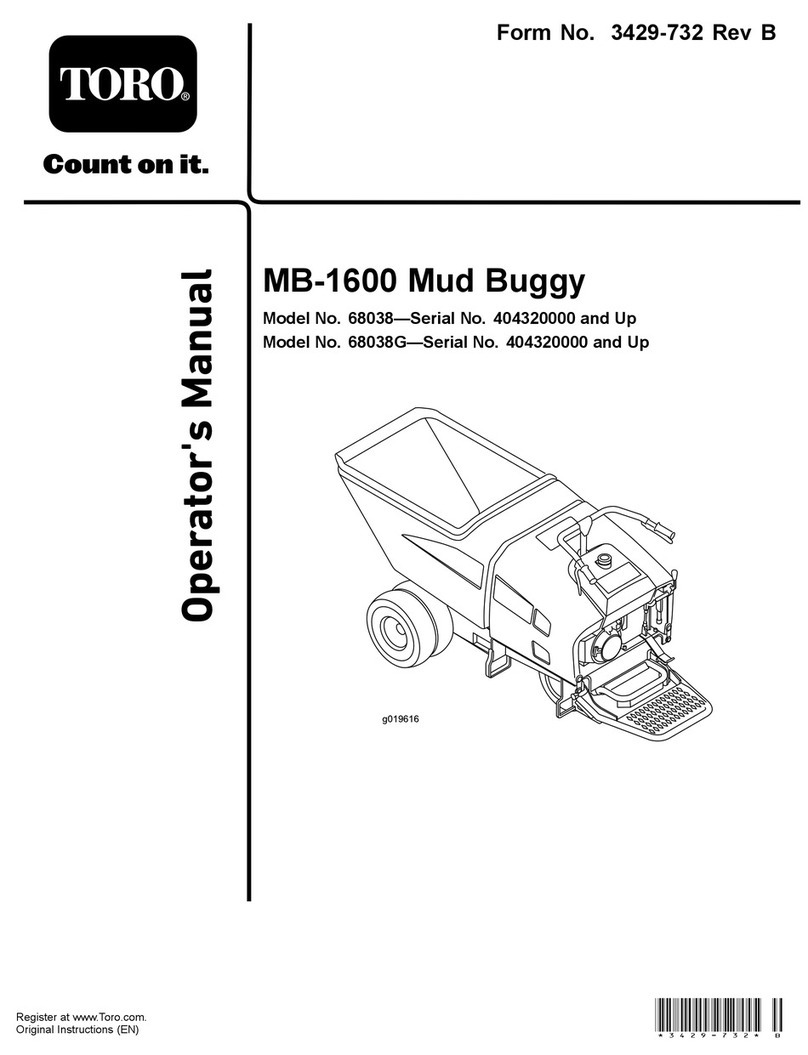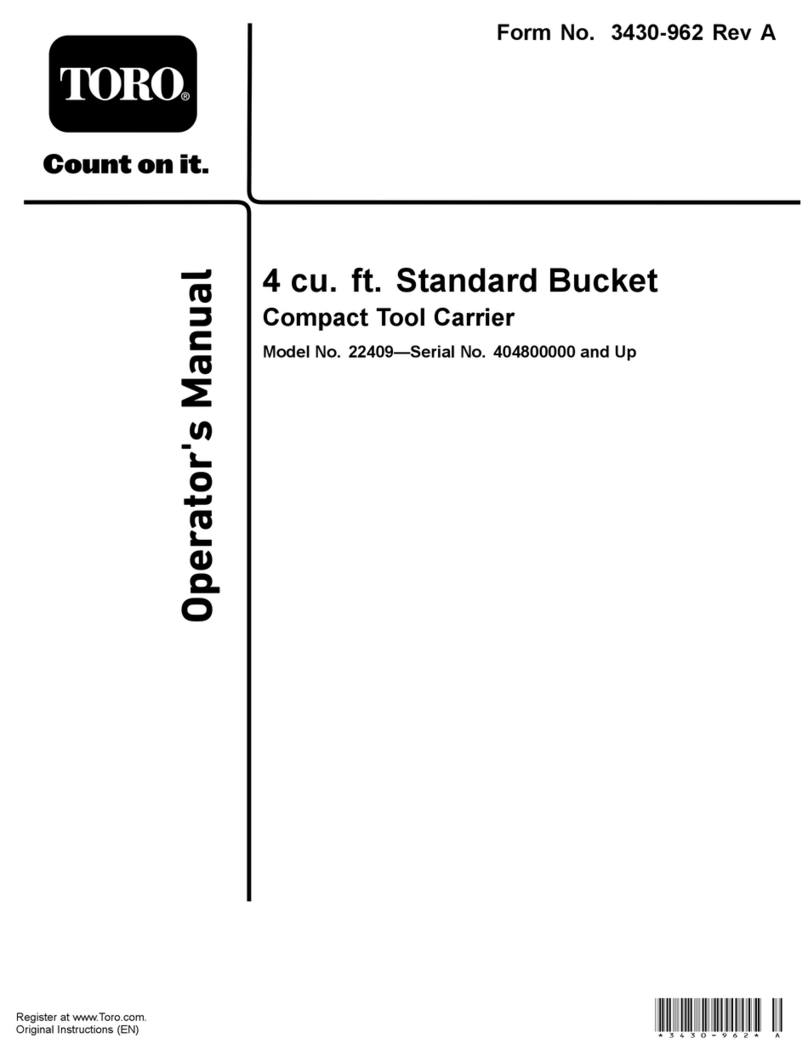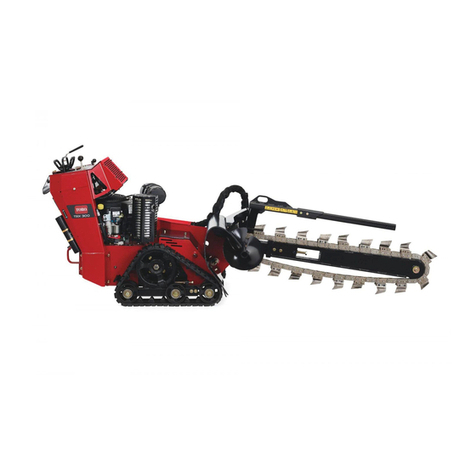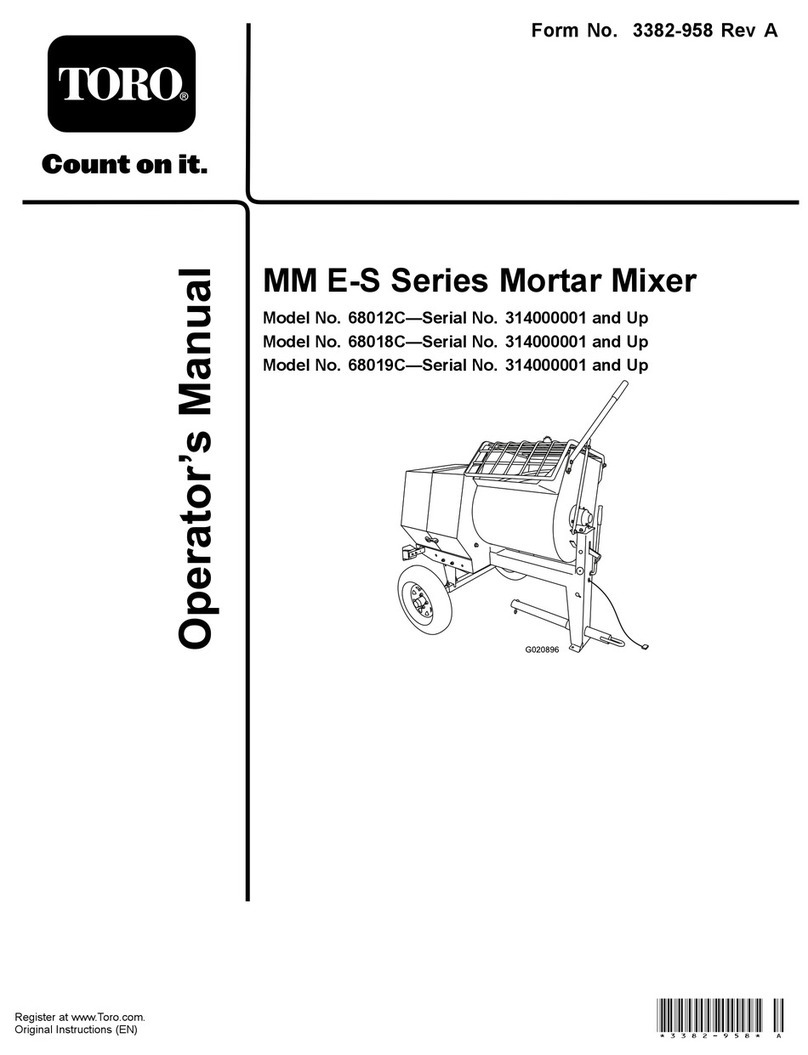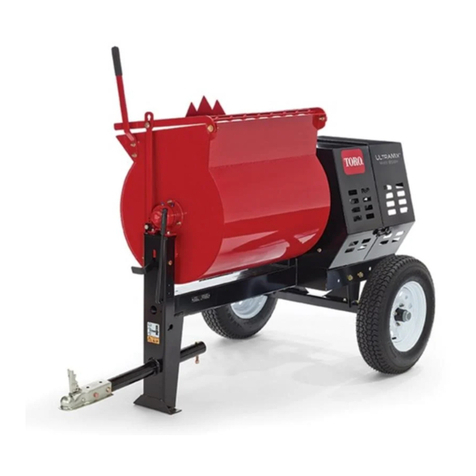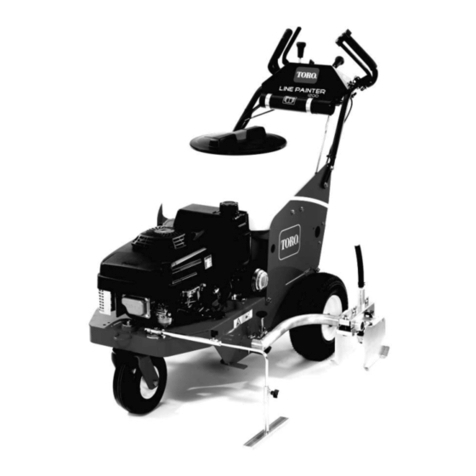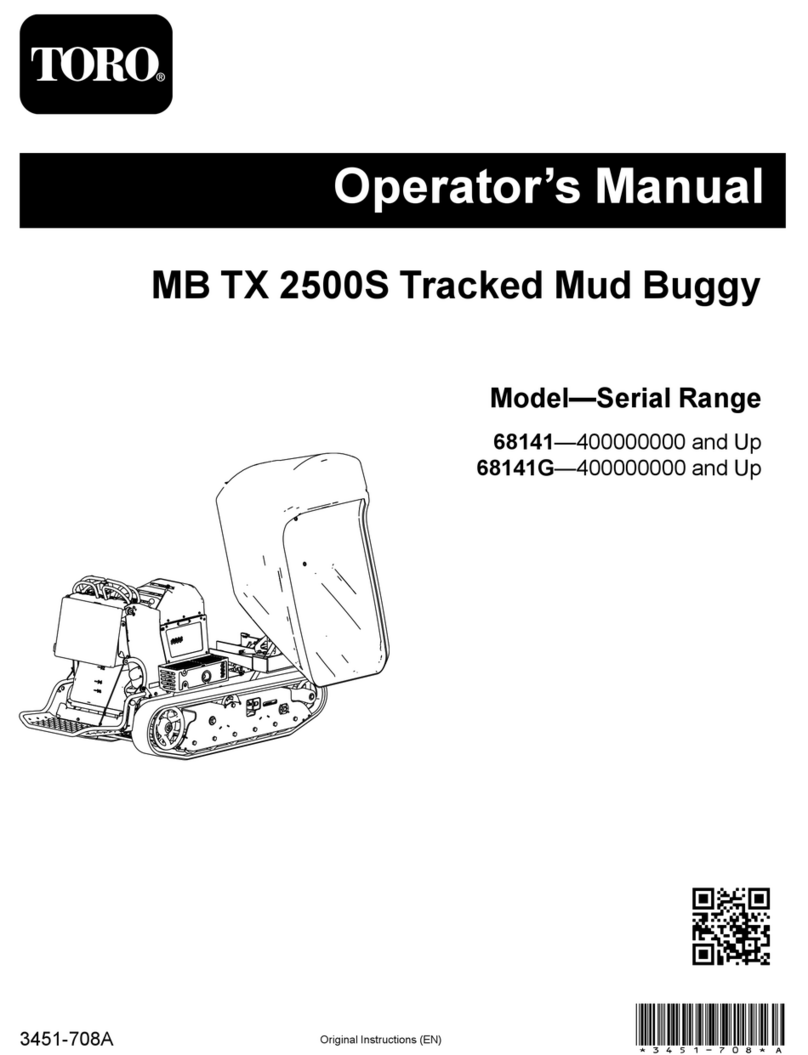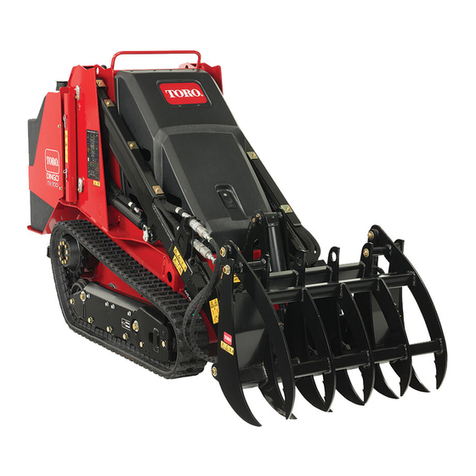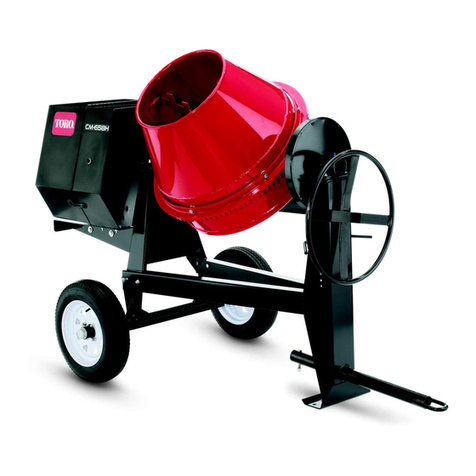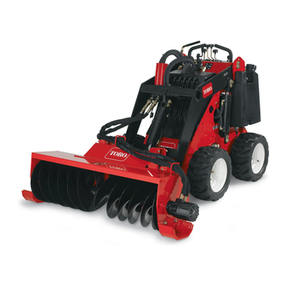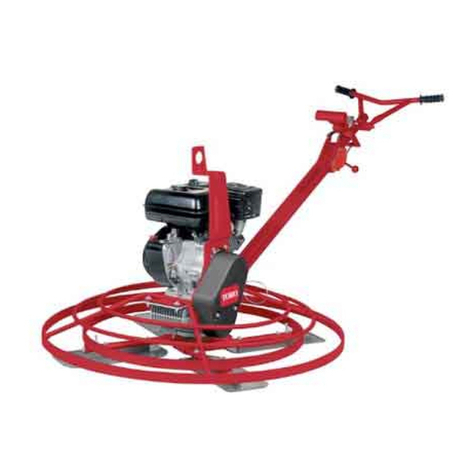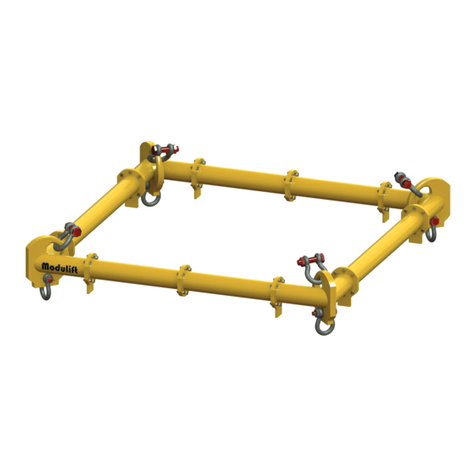
tiresonyourmachinemeetorexceedtheweightrequirements
ofyourmachine.
Contents
Introduction..................................................................2
Safety...........................................................................3
SafeOperatingPractices...........................................3
SafetyandInstructionalDecals.................................6
Setup............................................................................7
1InstallingtheDumpHandle...................................7
2InstallingtheTowPole..........................................7
3InstallingtheSafetyChain......................................8
ProductOverview..........................................................9
Controls................................................................9
Specications........................................................10
Operation....................................................................11
PreparingtoTowtheMachine..................................11
ExtendingtheAxle.................................................14
TowingtheMachine...............................................15
PreparingtoUsetheMachine...................................15
OpeningandClosingtheCowl.................................16
PoweringtheMachine.............................................16
StartingandStoppingtheMotor...............................17
ControllingthePaddles...........................................17
MixingtheMaterial.................................................18
UsingtheDrum.....................................................19
AdjustingthePaddleBlades.....................................19
Maintenance.................................................................21
RecommendedMaintenanceSchedule(s)......................21
PremaintenanceProcedures........................................21
PreparingtheMachineforMaintenance.....................21
RemovingandInstallingtheDividerPlate..................21
Lubrication...............................................................22
LubricatingtheBearingsandSeals............................22
LubricatingtheMotorBearings................................23
LubricatingtheDriveChain.....................................23
BeltMaintenance......................................................24
ServicingtheBelts..................................................24
ReplacingtheBelts.................................................25
AligningthePulleys................................................26
DriveChainMaintenance............................................27
CheckingandAdjustingtheDriveChain....................27
Cleaning...................................................................28
CleaningtheMachine..............................................28
Storage........................................................................29
StoringtheMachine................................................29
Troubleshooting...........................................................30
Schematics...................................................................31
Safety
Improperlyusingormaintainingthemachinecanresult
ininjury.Toreducethepotentialforinjury,complywith
thesesafetyinstructionsandalwayspayattentiontothe
safetyalertsymbol,whichmeans:
Caution
,
W ar ning
,
or
Danger
—personalsafetyinstruction.Failureto
complywiththeinstructionmayresultinpersonalinjury
ordeath.
SafeOperatingPractices
Thisproductiscapableofamputatinghands.Alwaysfollow
allsafetyinstructionstoavoidseriousinjuryordeath.
WARNING
Machiningorhandlingstone,masonry,concrete,
metal,andothermaterialscangeneratedust,mists,
andfumescontainingchemicals,suchassilica,
knowntocauseseriousorfatalinjuryorillness,
suchasrespiratorydisease,silicosis,cancer,birth
defects,orotherreproductiveharm.
•Controldust,mist,andfumesatthesource
wherepossible.Watershouldbeusedfordust
suppressionwhenfeasible.
•Usegoodworkpracticesandfollowthe
recommendationsofthemanufactureror
suppliers,OSHA,andotheroccupationaland
tradeassociations.
•Alwaysfollowrespiratoryprecautions.
•Whenthehazardsfrominhalationcannotbe
eliminated,theoperatorandanybystanders
shouldweararespiratorapprovedbyOSHAfor
thematerialbeinghandled.
Training
•ReadtheOperator'sManualandothertrainingmaterial.If
theoperator(s)ormechanic(s)cannotreadorunderstand
theinformation,itistheowner'sresponsibilitytoexplain
thismaterialtothem.
•Becomefamiliarwiththesafeoperationoftheequipment,
operatorcontrols,andsafetysigns.
•Alloperatorsandmechanicsshouldbetrained.The
ownerisresponsiblefortrainingtheusers.
•Neverletchildrenoruntrainedpeopleoperateorservice
theequipment.Localregulationsmayrestricttheageof
theoperator.
•Theowner/usercanpreventandisresponsiblefor
accidentsorinjuriestopeopleordamagetoproperty.
Towing
Checkwithyourlocalcountyorstatetowingsafetyregulations
beforetowingthemachine.
3
